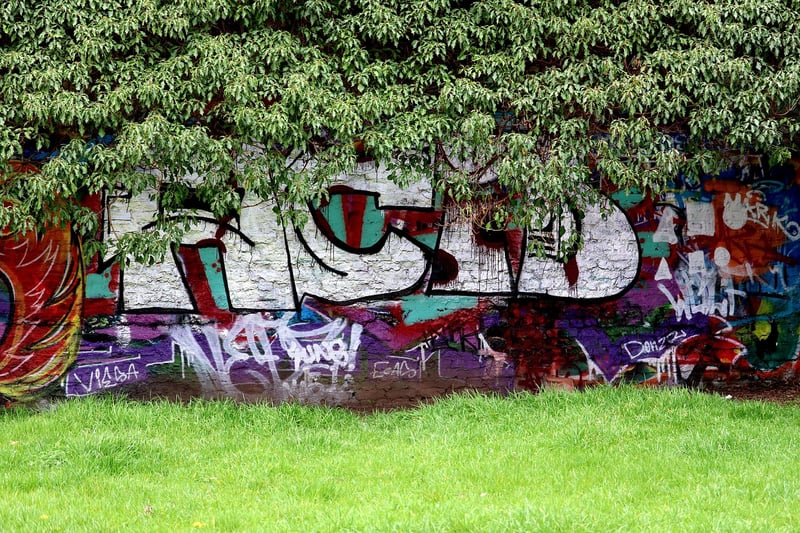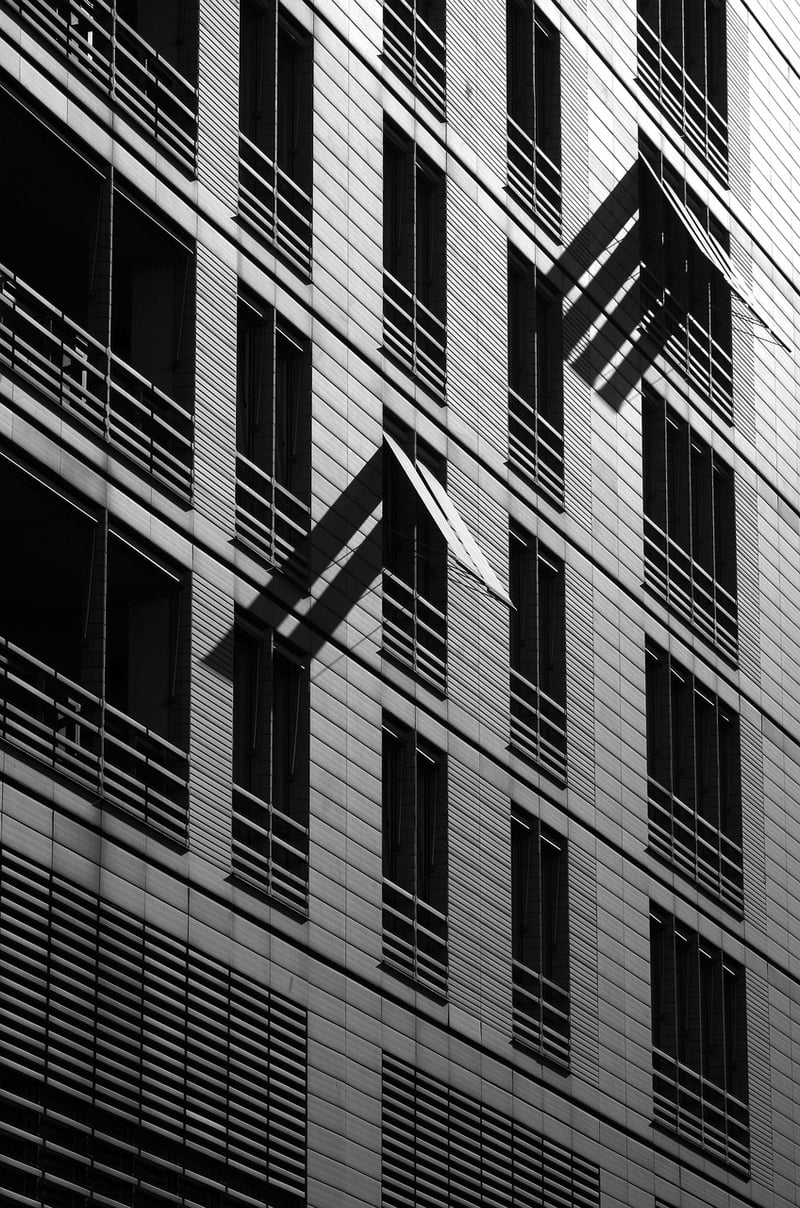Contemporary
The Intersection of Artistic Movement and Expression in Contemporary Art
Art has always been a medium for expressing thoughts, emotions, and ideas. Throughout history, different artistic movements have emerged, each with its unique approach to creativity and expression. In contemporary art, the fusion of various styles and techniques has given rise to a diverse and dynamic artistic landscape that continues to push boundaries and challenge traditional norms.
Artistic Movements Through the Ages
From the Renaissance to Cubism, Surrealism to Abstract Expressionism, artistic movements have played a pivotal role in shaping the course of art history. These movements have not only reflected the societal, political, and cultural contexts of their time but have also served as platforms for artists to experiment with new forms of expression.
Impressionism
Impressionism, with its focus on capturing the fleeting effects of light and color, broke away from the rigid academic standards of the 19th century. Artists like Claude Monet and Edgar Degas sought to convey the essence of a moment rather than a literal representation.
Cubism
Pioneered by Pablo Picasso and Georges Braque, Cubism revolutionized traditional notions of perspective and representation. By fragmenting objects and reassembling them in abstract forms, Cubist artists challenged viewers to see beyond the surface and explore multiple viewpoints simultaneously.
Contemporary Art: A Fusion of Styles
In the contemporary art world, artists are no longer bound by the constraints of a single movement. Instead, they draw inspiration from a myriad of sources, blending traditional techniques with modern technologies to create works that defy categorization.
Street Art
Street art, once considered a form of vandalism, has now found its place in galleries and museums around the world. Artists like Banksy have used the streets as their canvas, using stencils and spray paint to convey powerful social and political messages.
Installation Art
Installation art challenges traditional notions of art by creating immersive environments that engage the viewer on multiple sensory levels. Artists like Yayoi Kusama and Olafur Eliasson transform spaces into interactive experiences that blur the line between art and audience.
The Evolution of Expression
As artistic movements continue to evolve and intersect, the very nature of artistic expression is undergoing a transformation. Contemporary artists are not only pushing the boundaries of what is considered art but are also redefining how we engage with and interpret visual culture.
Through a combination of traditional techniques, modern technologies, and a deep sense of social consciousness, contemporary artists are forging new paths and challenging viewers to see the world through a different lens.
Artistic movement and expression in contemporary art are not just about creating beautiful objects; they are about sparking conversations, provoking emotions, and inspiring change.

As we continue to navigate the complex tapestry of contemporary art, one thing remains clear: art has the power to transcend boundaries, connect people, and shape our understanding of the world around us.
So, whether you find yourself drawn to the bold colors of abstract expressionism or the thought-provoking messages of street art, remember that art is a reflection of our shared humanity and a testament to the enduring power of creative expression.
